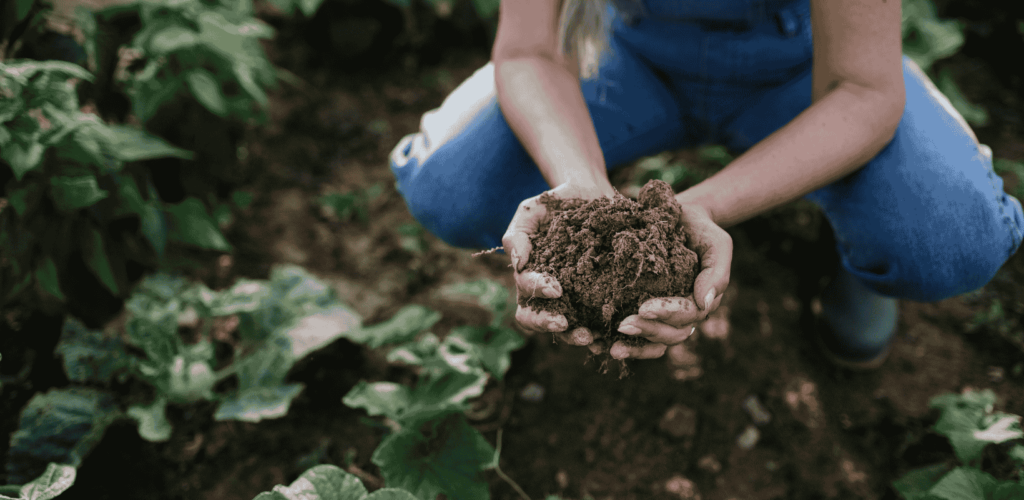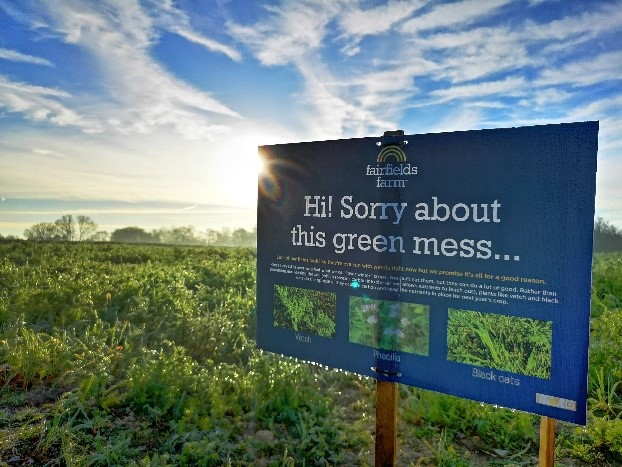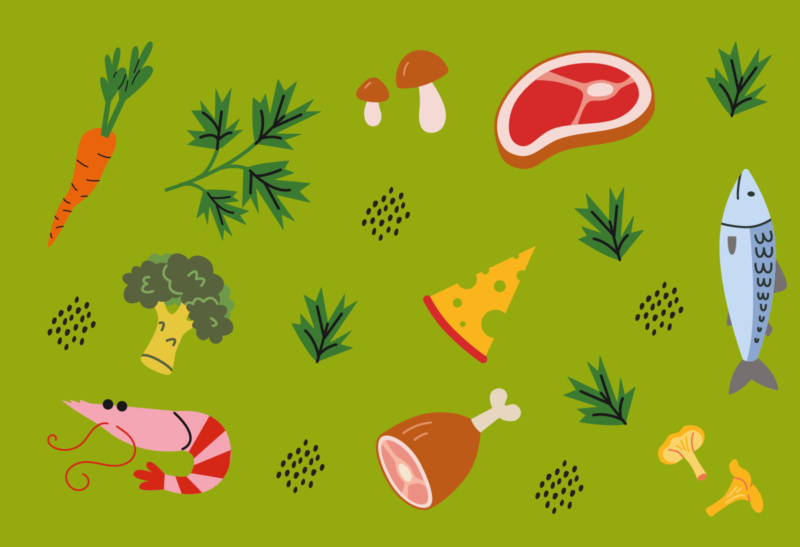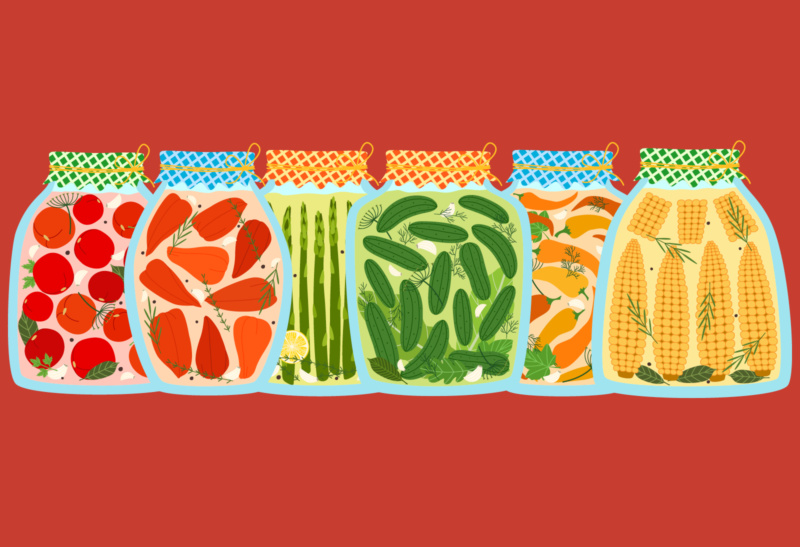The buzz around regenerative farming continues to grow (and that’s not just from the bees!). In fact, our research shows that 58% of consumers find it appealing for menus to include information about regenerative farming practices1, so if it’s something you haven’t considered yet, it definitely should be!
I was really excited to be invited to visit Colleymore Farm, a ‘Wildfarmed’ farm near the Oxfordshire/Wiltshire border in July, to see regenerative farming first-hand. If you haven’t heard of Wildfarmed, check them out – Wildfarmed | Transforming Lunches and Landscapes, they were featured on Clarkson’s Farm and were founded by Groove Armada’s Andy Cato, who set out (a few years back!) to farm wheat in a way that regenerates the soil, to benefit ecosystems, biodiversity, crop health and boost resilience in a changing climate.
It sounds too good to be true, or perhaps too niche to be scalable, but both those assumptions had already been proven wrong earlier this year, when a large pizza and pasta high street chain announced they were going to start using Wildfarmed flour, and their popularity seems to have grown and grown since then. At Bidfood, Wildfarmed was added to our core range in September 2024, so we’re glad to be able to offer this to our customers.

I arrived early and parked up near the farm. It was so peaceful, but I could hear so much birdsong – chiffchaffs, goldfinches, house martins, and a wren (what can I say, I’m a bit of a bird nerd – the legacy of being parented by an RSPB member!). It made me smile, as the first article I’d ever read about regenerative farming was about a farmer whose grandson asked why there were no birds on his farm.
The day involved the team from Wildfarmed (such a passionate and purpose driven bunch of people!) and lots of representatives from across the food industry, from foodservice operators to contract caterers, manufacturers and retailers. There’s so much I could say about the day at the farm, but the overall message was that procurement budgets change landscapes – literally – and this is both above and below ground.
There’s just no comparison between the soil root systems of regenerative systems and conventional intensive farming; the roots of regenerative systems penetrate deep into the soil, enabling the plant to draw moisture in times of drought, but also stabilising the soil in heavy rain, and enabling rain to more easily permeate through the soil. It even smelt different – I don’t spend much time smelling soil (!), but to me as a layperson, it smelt a lot more authentic and healthy.
Above ground, there are mixed crops planted; beans lock nitrogen into the soil, acting as a natural fertiliser for the accompanying wheat and barley. It was also explained to us (when we saw weeds) that weeds act as a bio-indicator of soil health, as certain weeds are indicative of specific nutrient deficits, meaning that the requirement for adding nutrients to the soil can be well-defined and tailored to its needs. Out of season, cover crops are planted so that photosynthesis draws carbon into the soil, adding to the carbon cycle, as opposed to leaving bare, tilled earth.
Livestock from nearby farms are brought in at key times to graze on the land, contributing to the carbon cycle and adding so many nutrients back to the soil – regenerating it! Wildfarmed’s contracts with farmers mean that they aren’t allowed to apply fungicides, insecticides or herbicides to the growing crop, so it’s a huge boost for birds, bees, butterflies and everything that relies on insects at the start of the food chain.
A question that is often asked of Wildfarmed is whether enough food can be produced to meet growing needs, whilst farming in nature’s image? The first part of the answer is that this question assumes the current system can continue to feed us, whereas the evidence suggests it can’t. It’s widely recognised that the state of our soils, biodiversity and public health mean that continuing with the mainstream extractive agricultural model isn’t a viable option.
After a farm tour, we had discussions in groups as to how to try and influence procurement budgets so that we change food landscapes for the better. It inspired me to create a factsheet for customers on regenerative principles – available on our website: Bidfood sustainability factsheets. It’s so important to understand the impacts of what we choose to buy.


Another thing that really impressed me about the farm visit was being shown a quick glance of the WhatsApp group for Wildfarmed farmers, buzzing with messages as farmers reach out to this valued network for advice and encouragement. This is so important, as we hear so much about loneliness and suicide rates in the farming community, and farmers leaving the industry due to desperation, yet this group connects like-minded growers who are passionate about what they do, and are finding sources of hope by belonging to the Wildfarmed community.
So, why the fuss about regenerative, does it make a difference to the carbon impact of what we eat? In comparison to an average UK wheat flour from the Foodsteps database, Wildfarmed flour demonstrates 146% lower emissions cradle-to-gate.2
This difference largely stems from the differing impact of farm-level inputs, relative to flour produced via conventional intensive methods. Soil carbon sequestration, resulting from Wildfarmed’s regenerative farming techniques, offsets the emissions from the wheat cultivation process to cause this variation. For the small print on Wildfarmed standards, these are audited by Control Union and available on request from Bidfood.
And with 57% of people interested in dishes made from ingredients grown using climate-friendly farming practices1, it’s definitely some food for thought. By purchasing products made using regenerative farming practices, not only are you supporting healthy soils, biodiversity and resilient eco-systems, you are driving footfall through your doors! If you are using these products, make sure you shout about it. The experience with Wildfarmed led me to reach out to our category managers to understand how many of our other suppliers are integrating regenerative principles into farming.
A long-standing UK supplier of potatoes and crisps, Fairfields Farm, came to my notice – a brief overview of their farm is available here:
Located on the Essex/Sussex border, they fertilise their potato plants with ‘digestate’ made at the on-site anaerobic digestion plant from maize and rye, which saves on fertiliser costs and reduces environmental impact. Fairfields Farm water their crops whenever possible from their own reservoirs.

Using reduced tillage methods, they’re able to keep more carbon in the soil (rather than deep, heavy ploughing), and once harvesting is finished, they plant non-edible cover crops (e.g. Vetch, Black oats and Phacilia) to fix nutrients into the soil over the winter (see pic) and reduce soil erosion from heavy rain and wind.
Over 10% of their land is dedicated to wild bird habitat (equating to over 200 hectares) and planting pollinator mix and hedges helps not only provide a habitat for wildlife, but in the case of hedges, also reduces run-off/flooding and improves soil structure. Over 2022/23, they planted over 2,800 trees and created two new woodlands on the farm, containing eleven native species, including oak, rowan, beech, alder, maple hornbeam and hazel.
It’s worth also mentioning that Robert Strathern, the co-owner of Fairfield farm (with his wife Laura) spend every winter restoring environmental spaces around the farm that have seen decades of intensive cropping – whether this be by restoring grassland, improving drainage and/or planting hedges. At Bidfood, we’re very aware that we need to be responsible as to how we communicate regarding regenerative farming principles within our supplier base. As this article from the Advertising Standards Authority demonstrates, there is a lot of potential for greenwashing, as there’s no legal or universally agreed definition of the term. So we will always try to be accurate when passing on claims, looking for evidence before we do so.
A question that’s often asked, is whether regenerative farming is classed as organic. Farms operating to certified organic standards would typically apply regenerative principles but regenerative farming isn’t necessarily / usually organic.
So, how can you build regenerative farming into your offering?
- Talk to your suppliers and find out what sustainable farming practices they use. You can read more about our practices in our regenerative agriculture factsheet, here: https://www.bidfood.co.uk/sustainability/sustainability-factsheets/
- Introduce ingredients into your menu that are produced using sustainable farming practices, and, you could also include a profile on the suppliers and the benefits of the practice.
If you’re interested about learning more on regenerative farming, check out our previous blog: What I learned about regenerative farming, or our podcast with Nestle:
To learn about sustainability at Bidfood, click here: Positive force for change
1CGA by NIQ Bidfood 2025 Trends Survey; Sample size: 2000
2Wildfarmed Carbon Footprint Life-cycle Assessment Report by Foodsteps (contains detailed information regarding carbon emissions, and is available on request)



